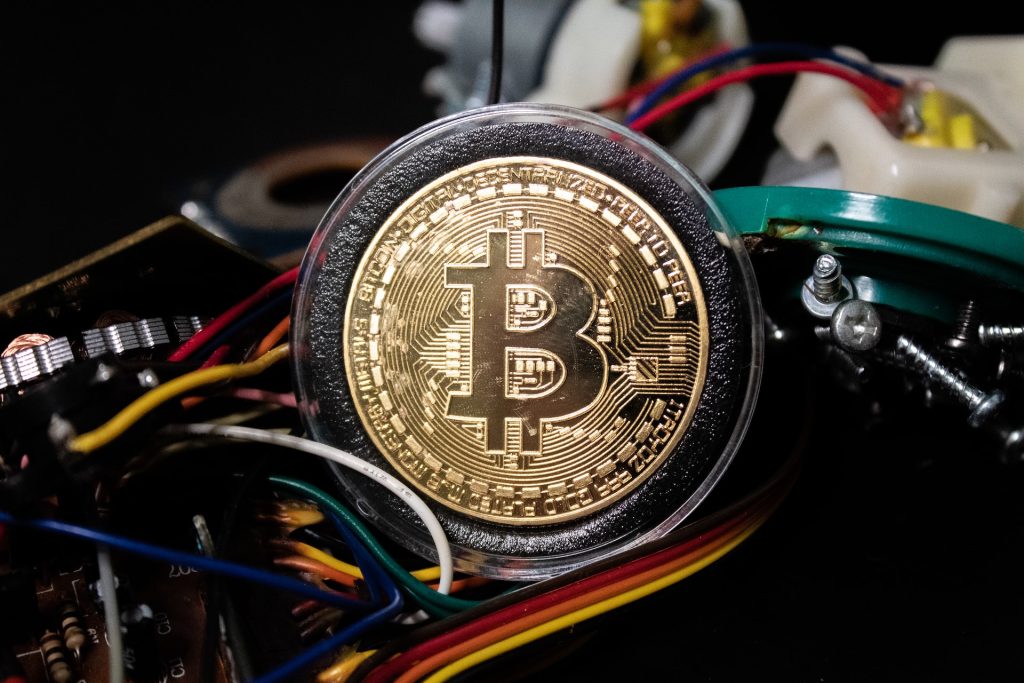There’s something wrong with money today. In The Little Book of Bitcoin, its authors point out that money is “broken”. Besides, “in an increasingly globalized economy, money remains stubbornly local.” In general, the lack of privacy, and the control of money by governments and financial entities, add problems to traditional funds. That’s why the Bitcoin whitepaper appeared.
As a result of the financial crisis of 2008, Satoshi Nakamoto created Bitcoin (BTC). Nakamoto, whoever they were, was looking for a system in which governments couldn’t decide everything about money, and that would revolutionize the economy and personal finances.

In addition to its philosophical and ideological component, Nakamoto describes the technical operation of this system in a brief document known as the Bitcoin whitepaper. On October 31, 2008, this text was submitted to an email list of cryptography researchers and cypherpunk activists —groups seeking to create technological tools for people’s privacy and freedom.
What does the Bitcoin whitepaper contain?
Although it’s only nine pages long, this “book” contains a general description of Bitcoin: a peer-to-peer (P2P) payment system through a decentralized network. Nakamoto begins by describing how the system replaces trusted third parties (like banks or governments) with an automatic verification process. Such a system also provides irreversible payments for added security between transaction participants.
Let’s check the main concepts of this platform.
Transactions and coins
Bitcoin, as a payment system, requires secure transactions. And, as a digital currency, it needs a way to avoid double-spending. That would happen if a person sends (maliciously or otherwise) the same currency to different recipients —which would prove the system useless. To do this, Satoshi proposes in the Bitcoin whitepaper a distributed network protected with cryptography.
Each transaction, linked to all the previous ones, would be recorded in a type of digital ledger — what we now call a “blockchain”. Each validator or node has a copy of all transactions ever made. In our case, we can say that transactions and coins are basically the same things. They’re dubbed “Unspent Transaction Outputs” (UTXOs).

A UTXO is an output (of funds) that the user receives to spend in the future as input for someone else. The total balance in the portfolio of any user is formed by UTXOs of different sizes, or by a single one that may receive ‘change’ when isn’t fully spent.
We can think of UTXOs as the equivalent of individual coins or bills within the blockchain. In the physical world, if you have a $100 bill and hand it to pay $20, the other party should give you back $80 in other bills. UTXOs work similarly in Bitcoin, but that’s just in the background, invisible to the average user.
Offentlige og private nøkler
Digital wallets are needed to make transactions with Bitcoin. Usually, they’re mobile or desktop applications that serve as an interface to handle BTC coins. These wallets are built with private and public cryptographic keys, used to receive and sign the transactions. They serve as proof that the operation is made by (or sent to) the owner of the funds.

De public-private key pair is asymmetric since you can only encrypt with one key (with the public one) and decrypt with the other (with the private one). While the public key is needed to receive funds (so it can be shared with others), the private key is essential to prove the ownership of the wallet and spend the funds.
To sum it up: the public key would be like an e-mail address you can give to receive money. Meanwhile, the private key would be the password to access that e-mail account (the money, in this case). This secret key is the only access to your crypto funds. Most wallets provide you with a row of secret random words (usually 12). You should keep these words somewhere safe all the time.
Distributed network or blockchain
We mentioned above a type of ledger or distributed network. That’s where each and every transaction made med Bitcoin is registered. Amounts, dates, addresses, commissions, and more are recorded there forever —without names or personal data, though.

This network is built with cryptography, chaining each data block from the first to the last. The system allows verifying that the data hasn’t been modified and that each copy of the registry is identical. Why distributed? Because there’s no central or unique copy. Many identical copies are spread throughout the world, in different devices, with different people. There are as many copies as nodes and miners running the software for it.
Currently, according to BitNoder, there are 12,990 Bitcoin nodes around the world. About 50% of them are anonymous. The remaining ones are publicly located in the United States, Tyskland, France, Netherlands, Canada, Finland, the UK, Russia, Switzerland, and other countries.
Proof of Work (Consensus Mechanism)
In a nutshell, Proof of Work (PoW) is a consensus algorithm that validates transactions on the Bitcoin network. The process is carried out by a computer. It’s a complex mathematical operation in which each node must find a unique number to process the transactions. The success of this depends on the processing power of the node (device). And it takes a lot of energy (work) to solve the cryptographic puzzle.

For all practical purposes, the PoW system also prevents the Bitcoin network from being maliciously modified. This way, the entire blockchain would need to be modified for an attack. According to Crypto51, a 51% attack on Bitcoin (to take control of the network and change transactions) would cost over $1 million per hour.
Besides the technical part, Satoshi Nakamoto makes it clear in the document that Bitcoin was created as an alternative to fiat money. It provides more autonomy and freedom to the citizens of the world. Let’s never forget that!
Wanna trade BTC, ETH, and other tokens? You can do it trygt på Alfacash! And don’t forget we’re talking about this and many other things on our social media.
Telegram * Facebook * Instagram * YouTube *Twitter








